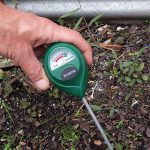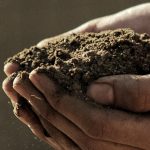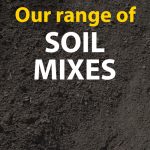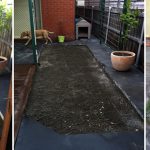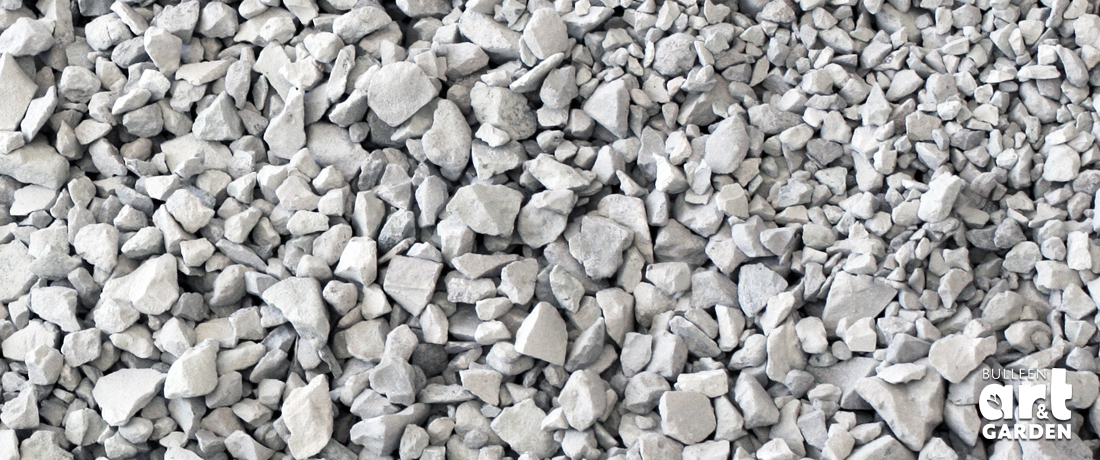
There are a whole bunch of really smart people out there doing amazing research and product development to help improve soils. There are websites, soil clubs and blogs devoted to soils. My 18yo son thinks this is truly pitiful and these people should get out more – while I think this is incredibly useful and what would an 18yo know anyway?
Two products are standouts, both have been around for a while, but are a bit of a sleeper – well known and used in the high end turf industry, bulk potting mix and in the plant production industry, they have yet to be promoted to the backyard gardener.
Below is information on both products.
Zeolite
Some of you will already know zeolite as the major ingredient in the better soil wetting agents, and will have seen it as an ingredient in the top quality potting mixes and soil improvers.
Zeolite is a naturally occurring mineral with a highly porous atomic structure and a negative charge allowing it to attract and hold water soluble cations including ammonium, potassium, magnesium and calcium.
For the home gardener is has three highly valuable attributes:
1. Acts as a natural wetting agent (it is the major ingredient in the high quality wetting agents) and as a distributer of water
2. Increases the effectiveness of fertilisers by holding nutrients and making them available to plants when the plant needs them. Prevents the leaching of nutrients through the soils and helps avoid the nutrification of waterways.
3. Doesn’t wash away or decompose, aiding in long-term soil quality improvements and better plant yields
Wetting and water holding capacities:
Unlike most potting mixes and soils which become hydrophobic after drying out, Zeolite will immediately absorb water and rapidly move it through the soil by its strong capillary action. Zeolite is very effective in helping to distribute water around dripper lines and is particularly effective in sandy soils. It will hold water (up to 26% by volume) but remains free draining.
By applying Zeolite through the top 30cm of soil, more water is held higher in the soil profile.
Nutrient holding capacities:
Water soluble fertilisers are attracted and held in the open crystalline structure of Zeolite. These fertiliser ions are held in the structure and are available to be harvested by the plant roots. Thus nutrients are held in the soil such that plant roots can actively uptake what is required when it is required for optimal growth.
Further, the holding of the fertiliser ions reduces loss of fertiliser through leaching, requiring less fertiliser use and protecting our waterways from nutrient rich leachate.
Of particular importance is the ability of Zeolite to:
1. Hold excess ammonium (nitrogen) preventing the burning of roots and retaining nitrogen for future use by the plant. Also useful in removing ammonium odours in compost.
2. Prevent the leaching of potassium from the soil, this allows greater potassium uptake by the plant increasing flowering and fruiting.
3. Improves the trace element retention in soils, making P, Cu, Mn, Ca, Mg and Zn more available to plants.
Zeolite works as a fertiliser battery, charging when free nutrients are available, holding them from leaching, and releasing them to plant demand as required.
Zeolite is also an excellent capillary distributor of water due to its highly porous properties, assisting infiltration, holding water higher in the soil profile and distributing water and nutrients more evenly through the soil.
Application rates:
Soil amendment: 250g – 500g per square metre
Potting mix: 5% of the mix volume = 50kg per M3 = approx 2.5kg to a wheelbarrow full of potting mix (approx 50L mix)
Zeolite is the perfect planting partner as it is a natural wetting agent and distributor of water as well as an electrically charged fertiliser magnet.
Hydrocell
This white lightweight fluffy looking product is an invaluable tool for landscapers, and regularly (and nearly religiously) used by several of our ECLIPs landscapers. Hydrocell is a formaldehyde polymer (urea) holding up to 60% of it’s volume in water, air at a minimum of 37% by volume and soluble nutrients for the plant’s roots to take up as required. Unlike gels which expand as they absorb water and contract as they release it, Hydrocell has a stable cell structure. This means when it is not storing water it is storing air which provides improved soil aeration to the roots of the plants. Hydrocell is biodegradable lasting up to 10 years in the soil.
Lawns with Hydrocell mixed into the root zone soil prior to planting will require up to 50% less water by improving soil re-wettability and reducing compaction. Trees and shrubs when planted with Hydrocell will require up to 30% less water due to improved re-wettability and increased aeration.
Used in the potting mix or soils of pot containers and hanging baskets, Hydrocell will act as a water reservoir, saving water used each watering and increasing the time between waterings.
As a sterile and inert material, hydrocell will not alter soil pH and is perfectly safe to use in the vegetable garden.
Hydrocell is a non-flammable, non-carcinogenic material. It can be irritating to the eyes, skin and airways, so always wet it down before using it, and use a simple nose/mouth mask.
Hydrocell flakes are available in 10, 100 and 1000 litre bags and can also be purchased pre-mixed into soils and potting mix.


